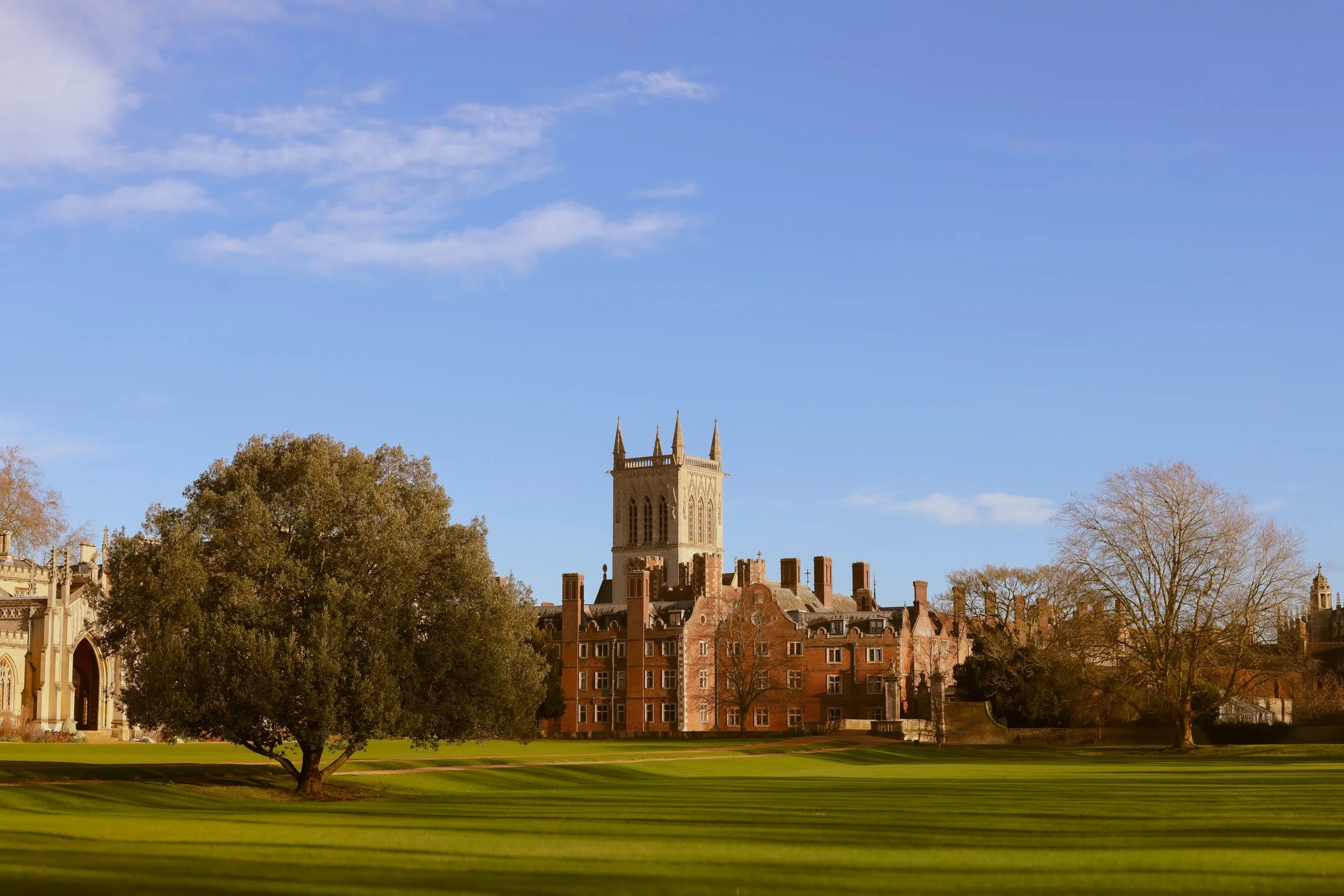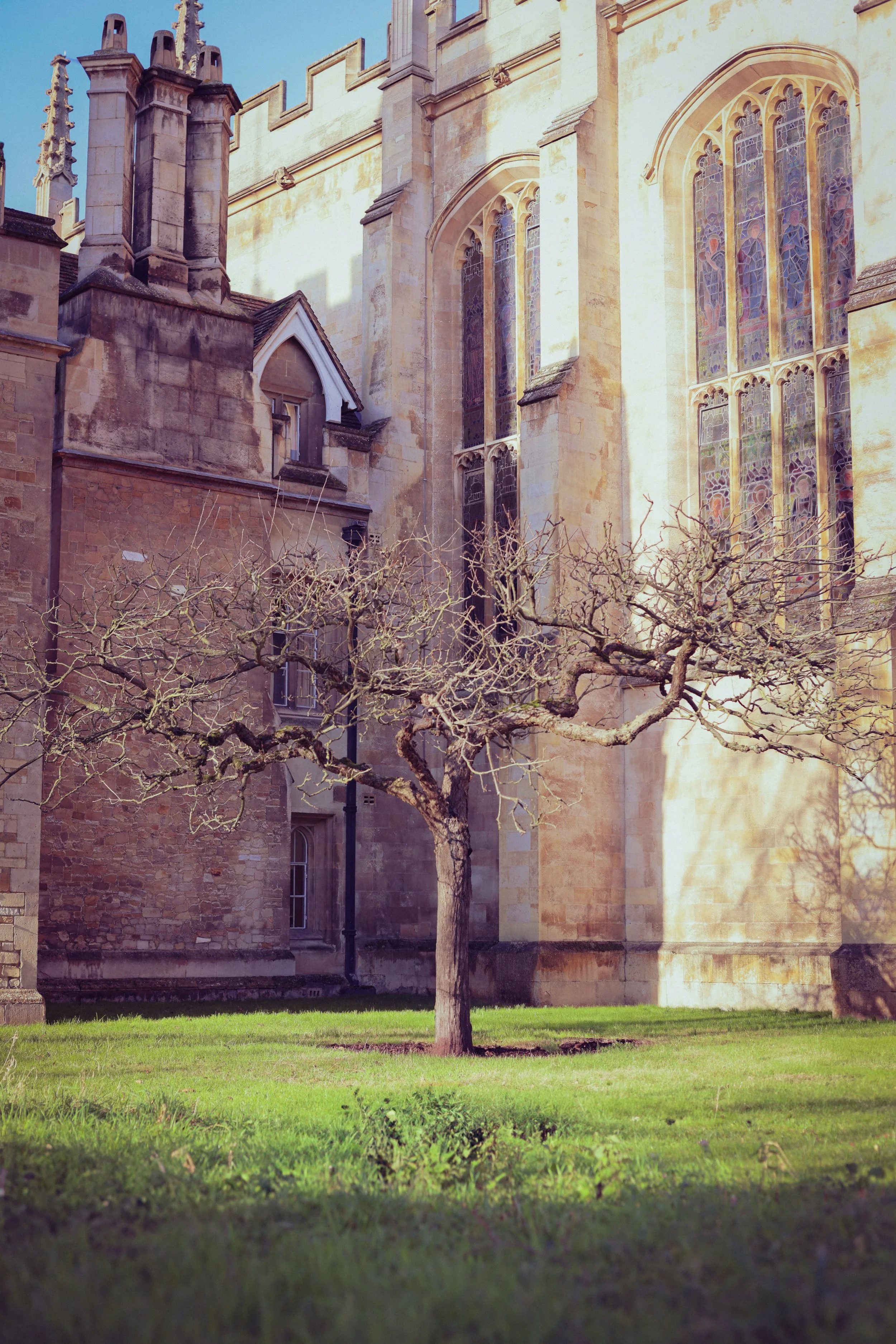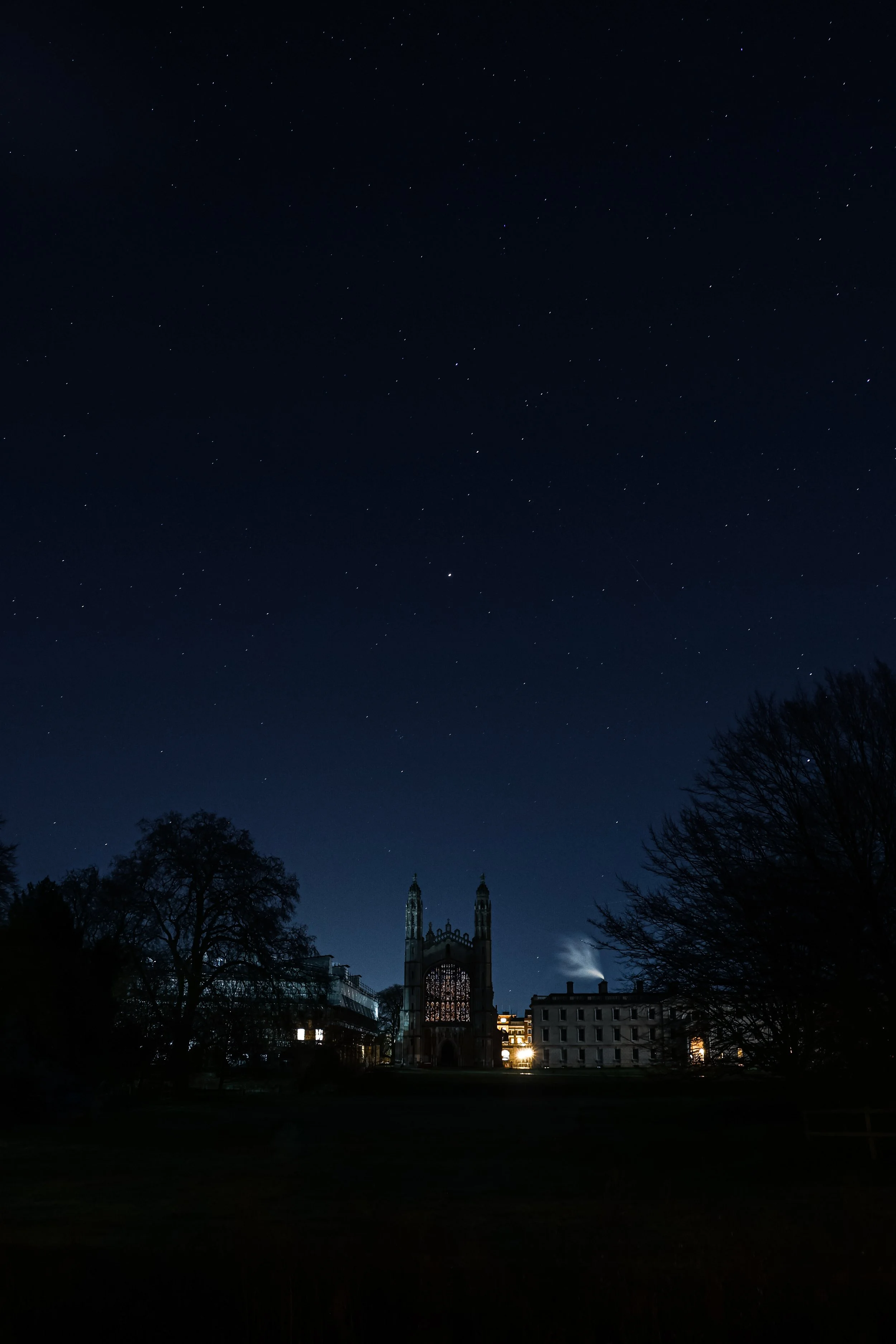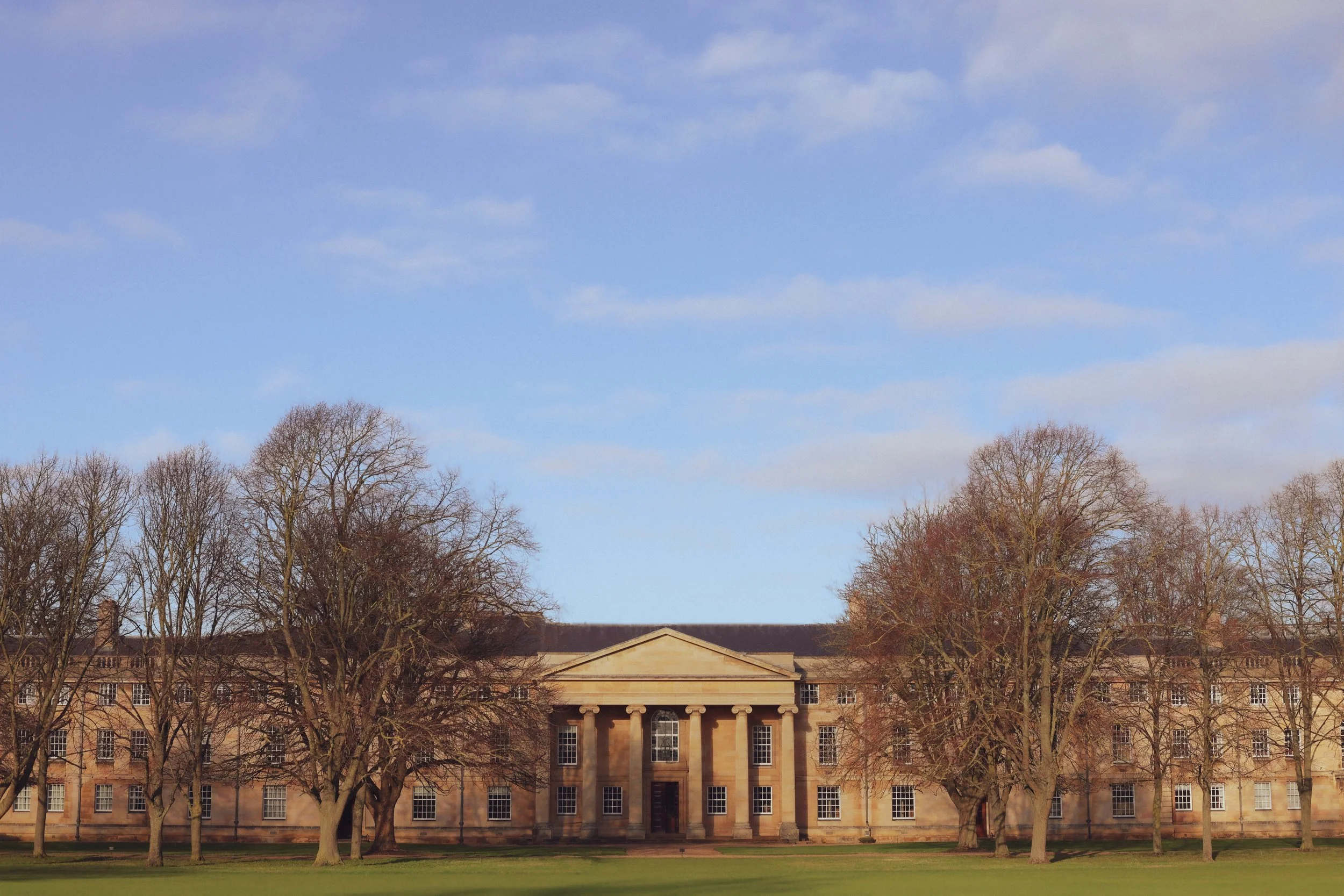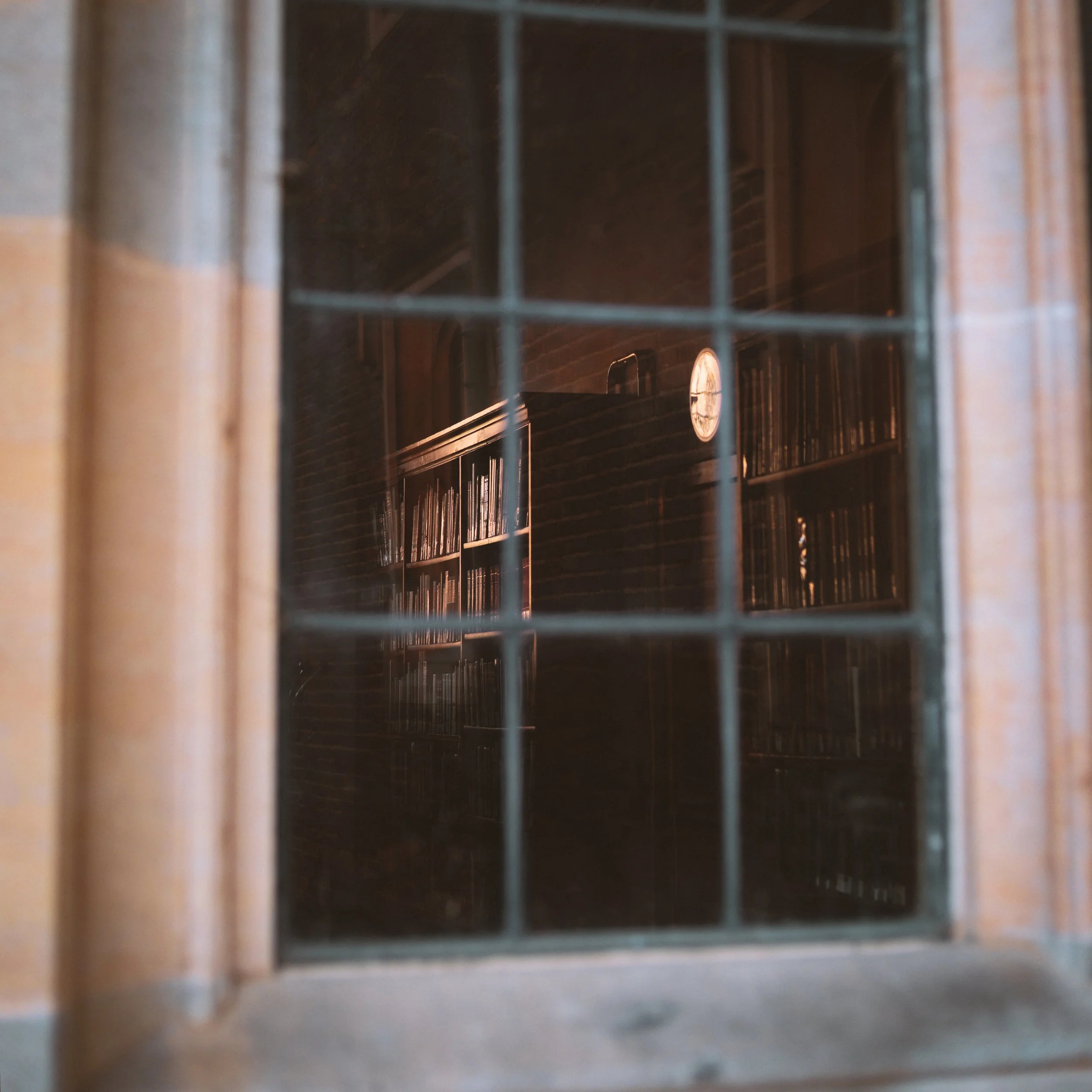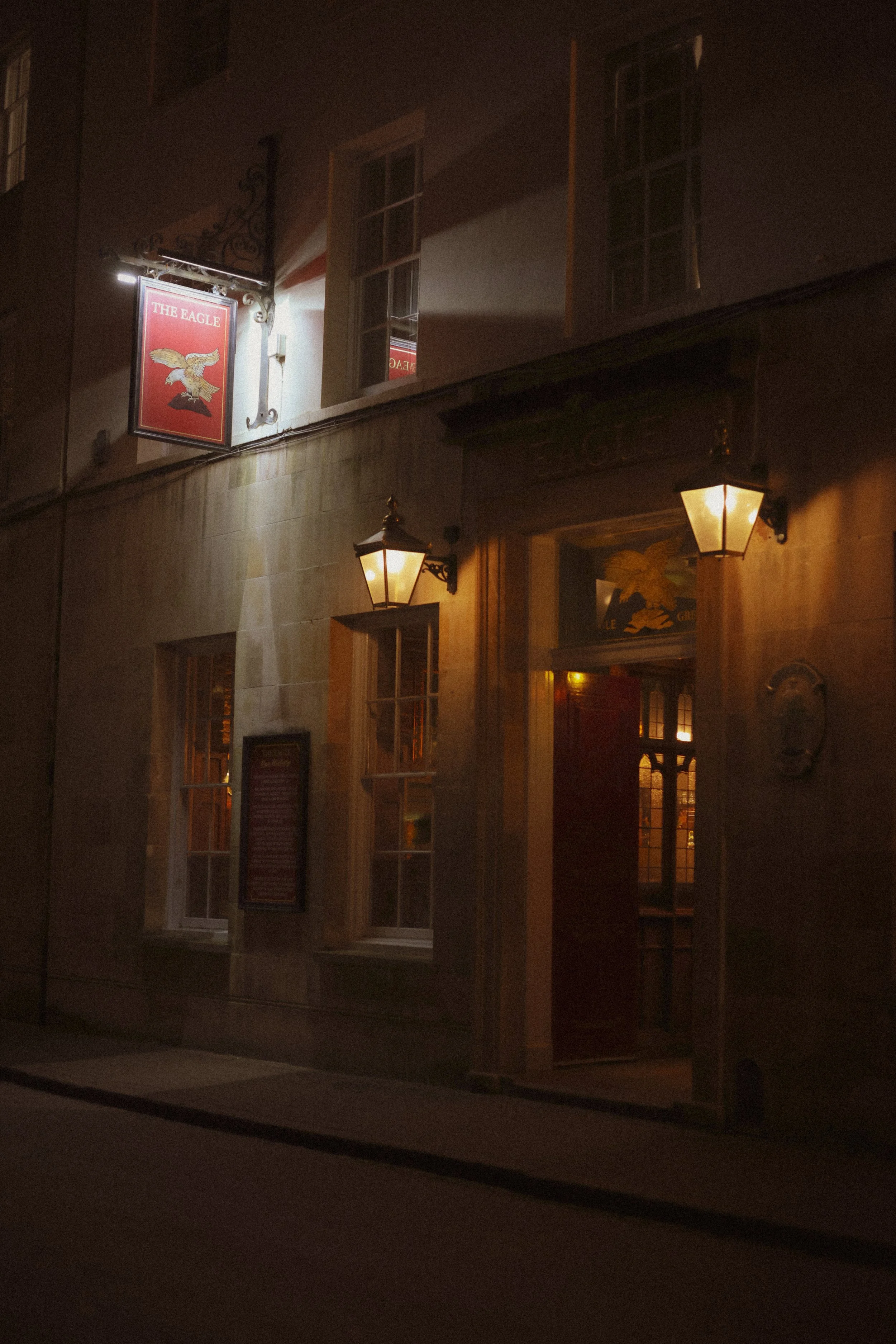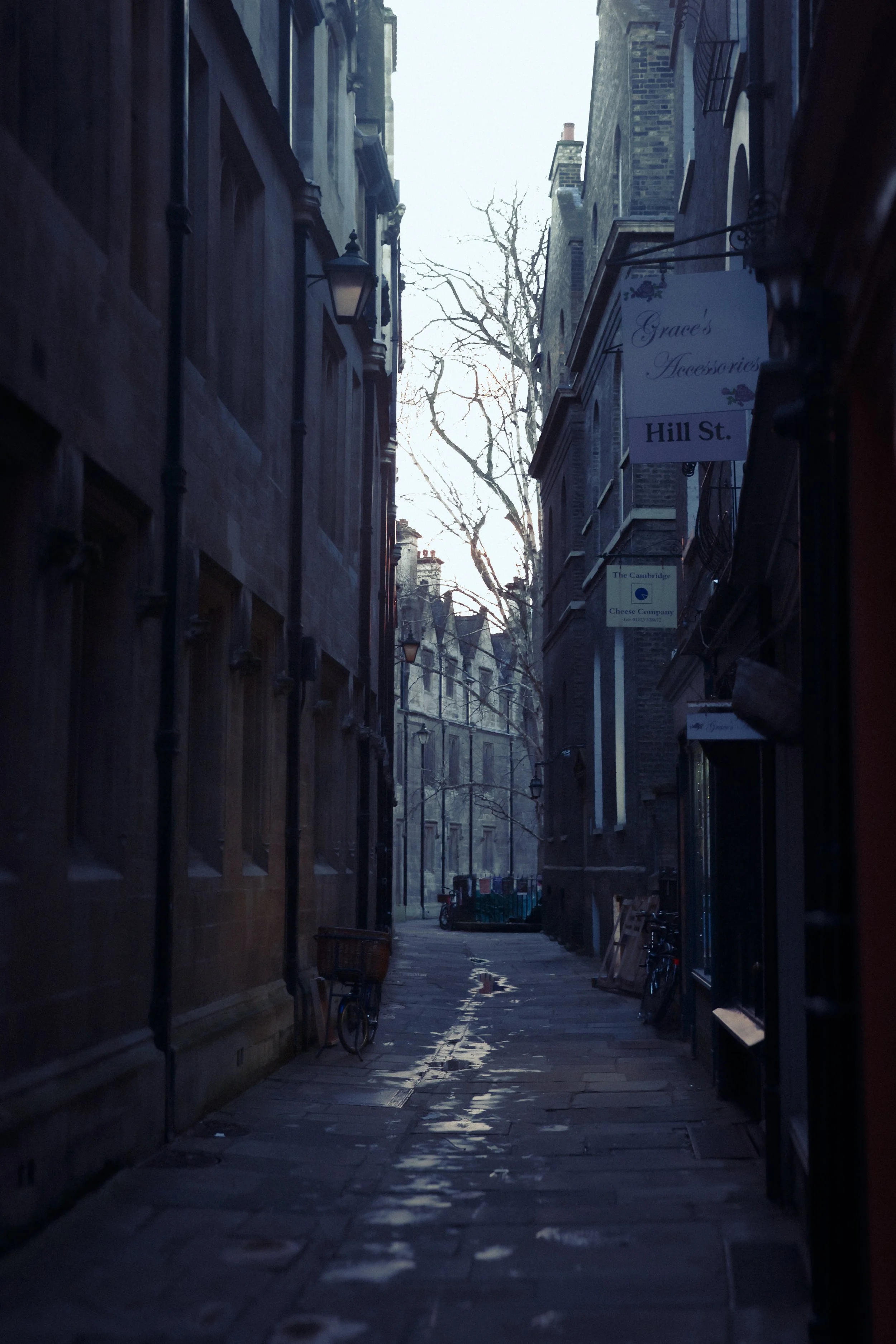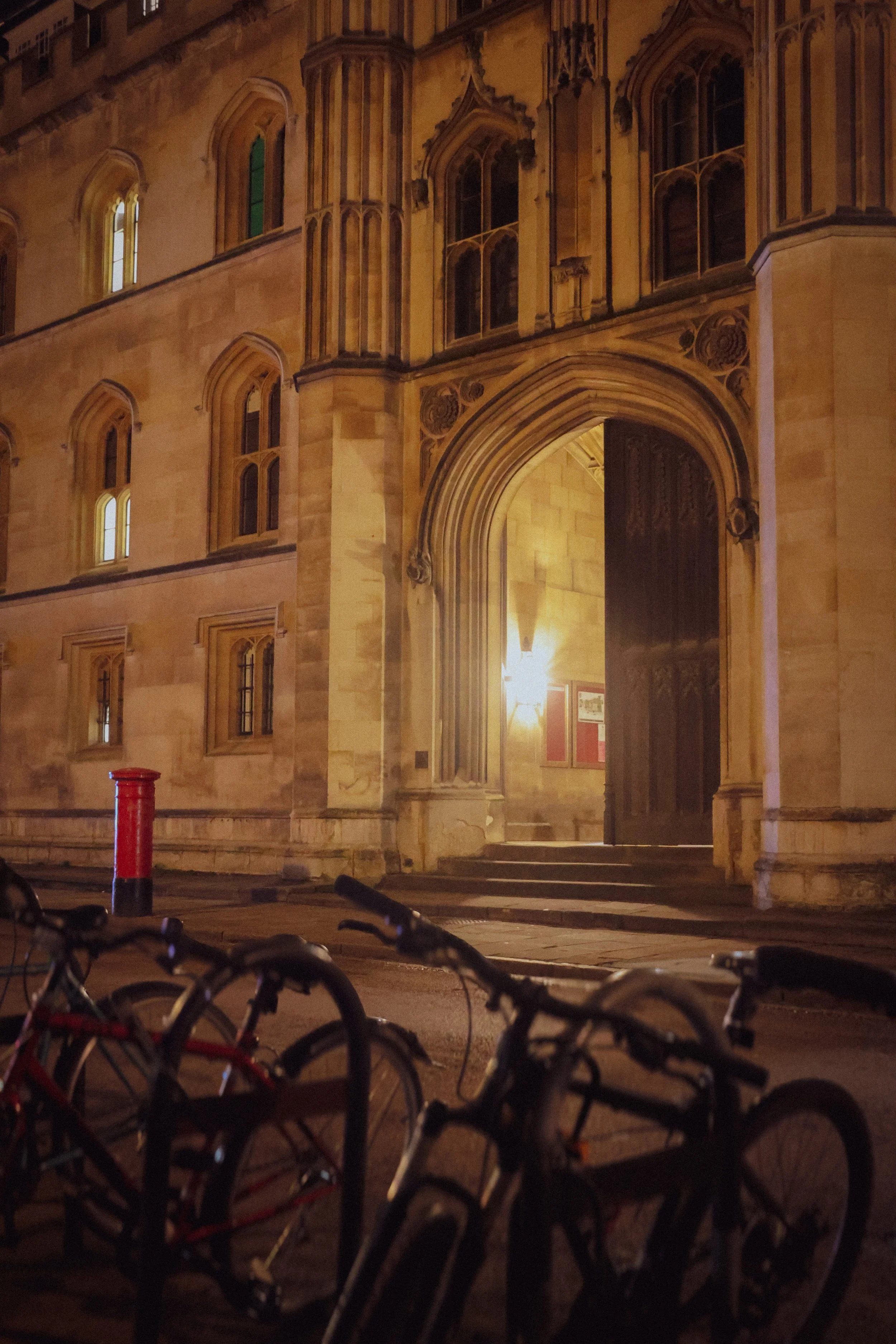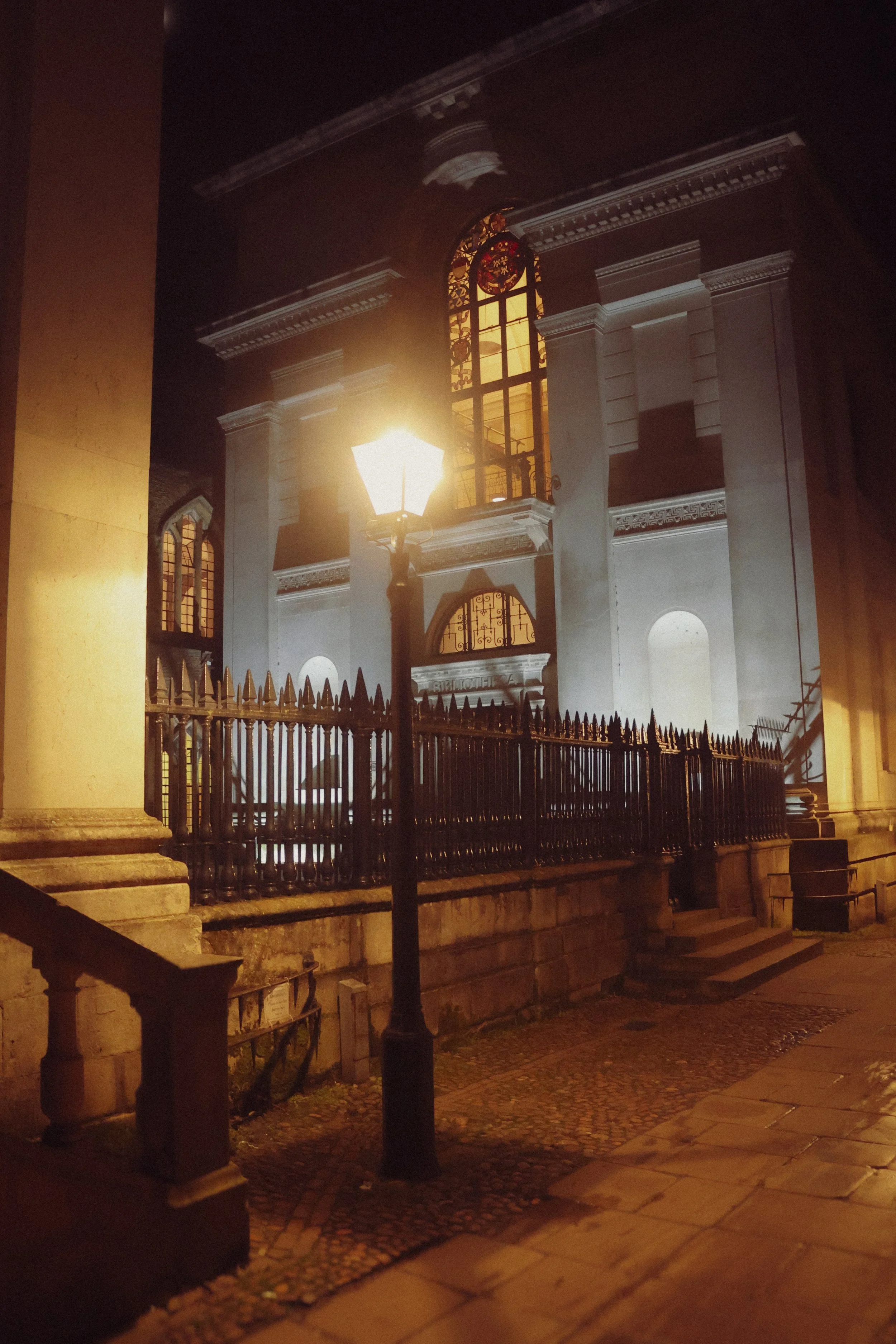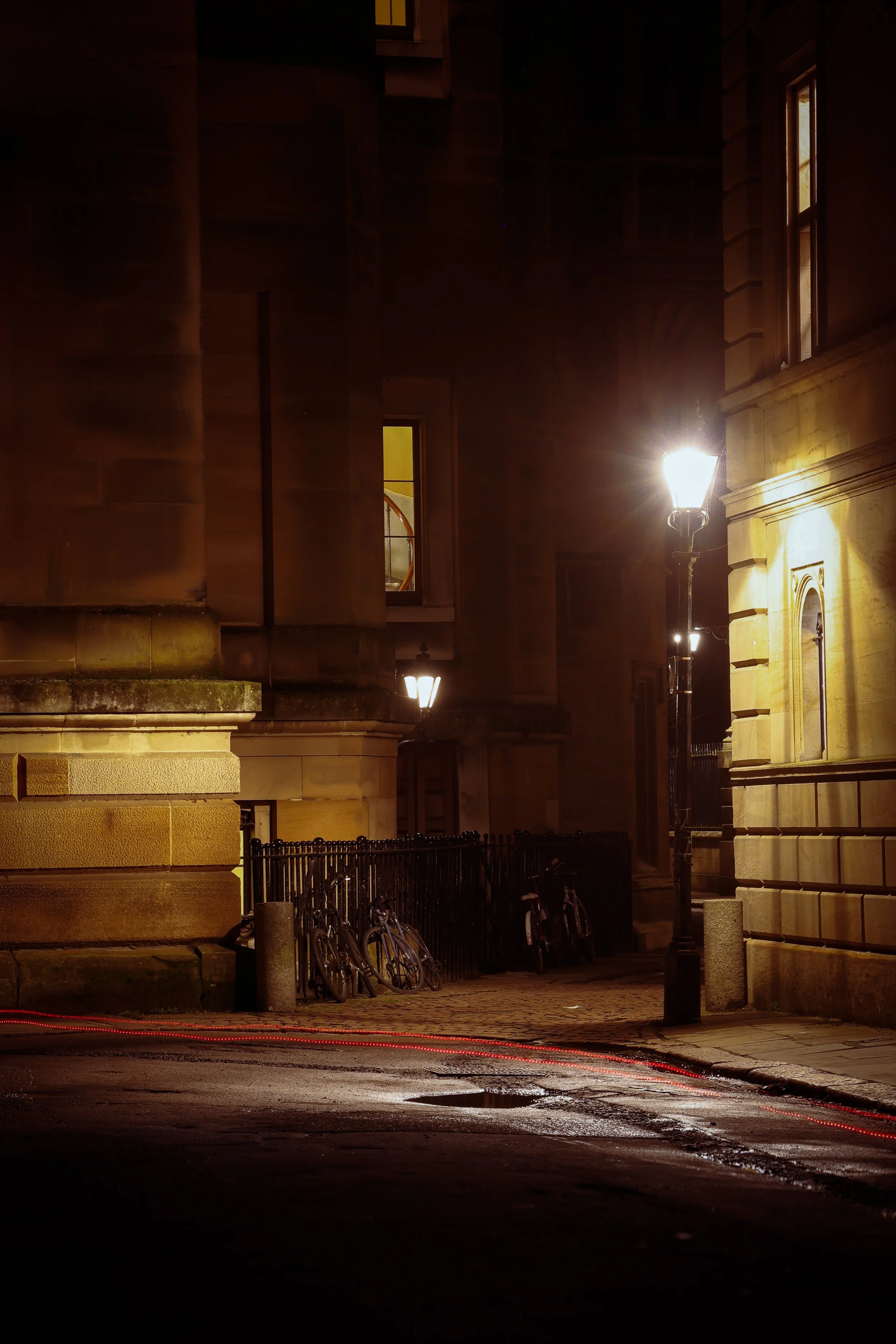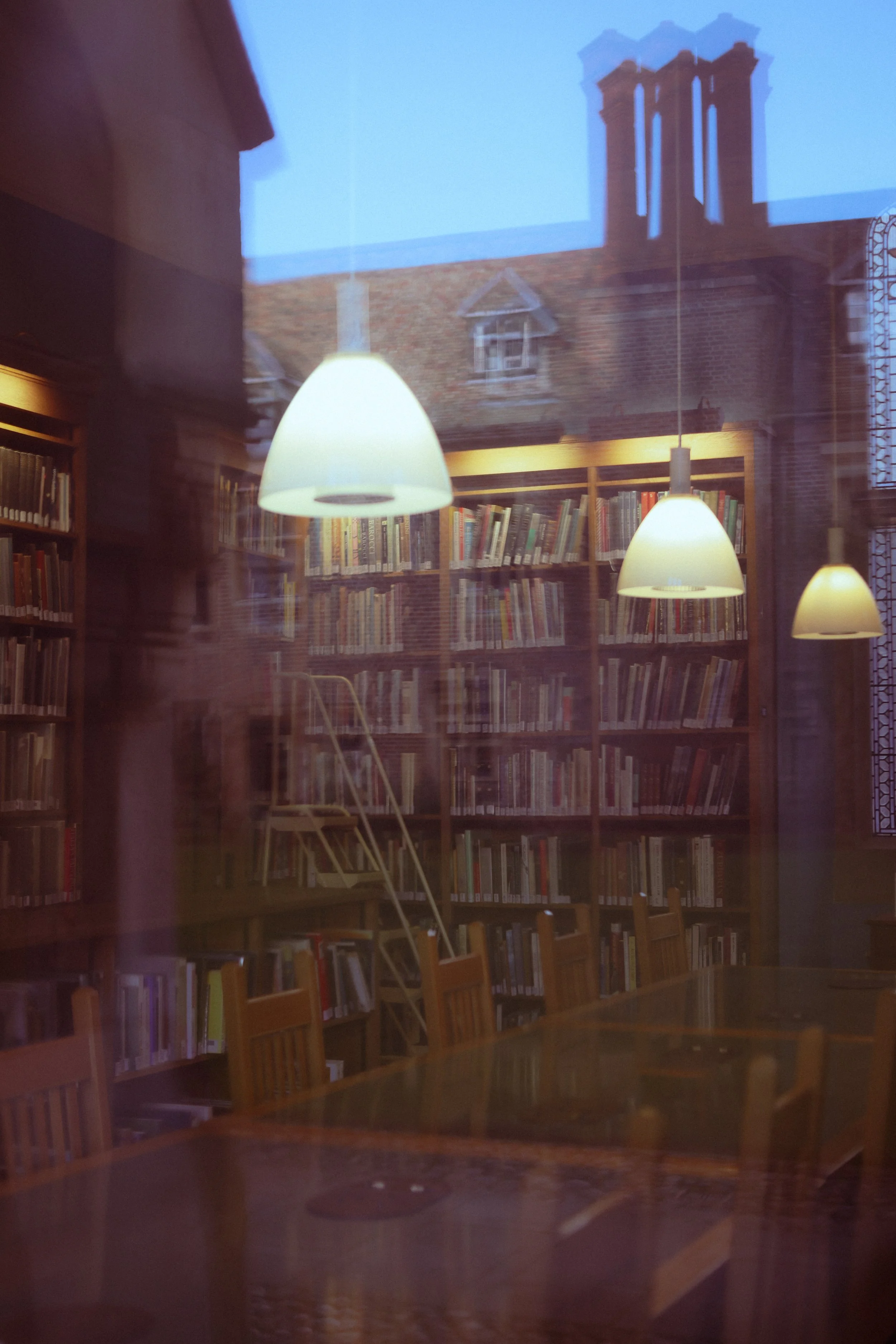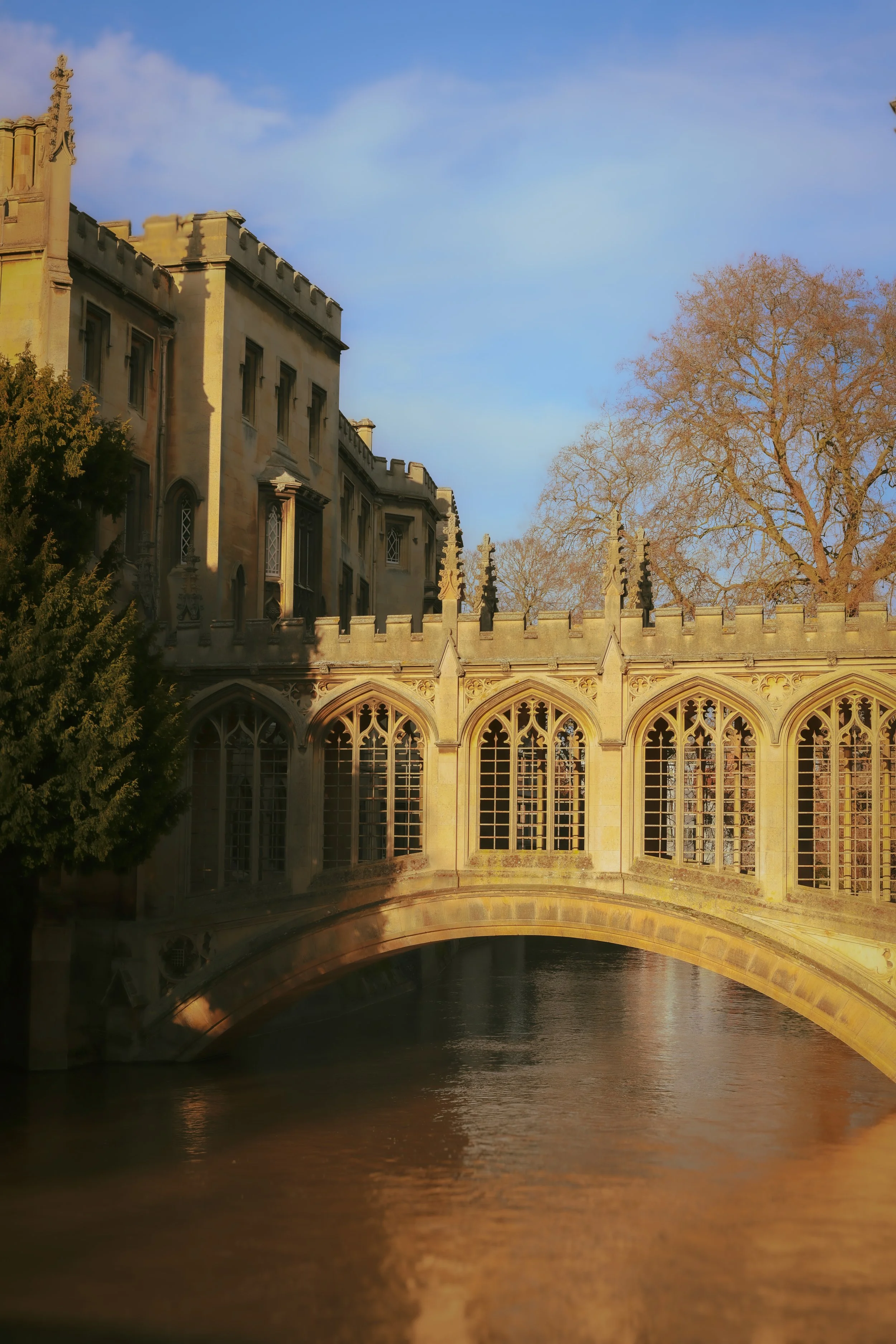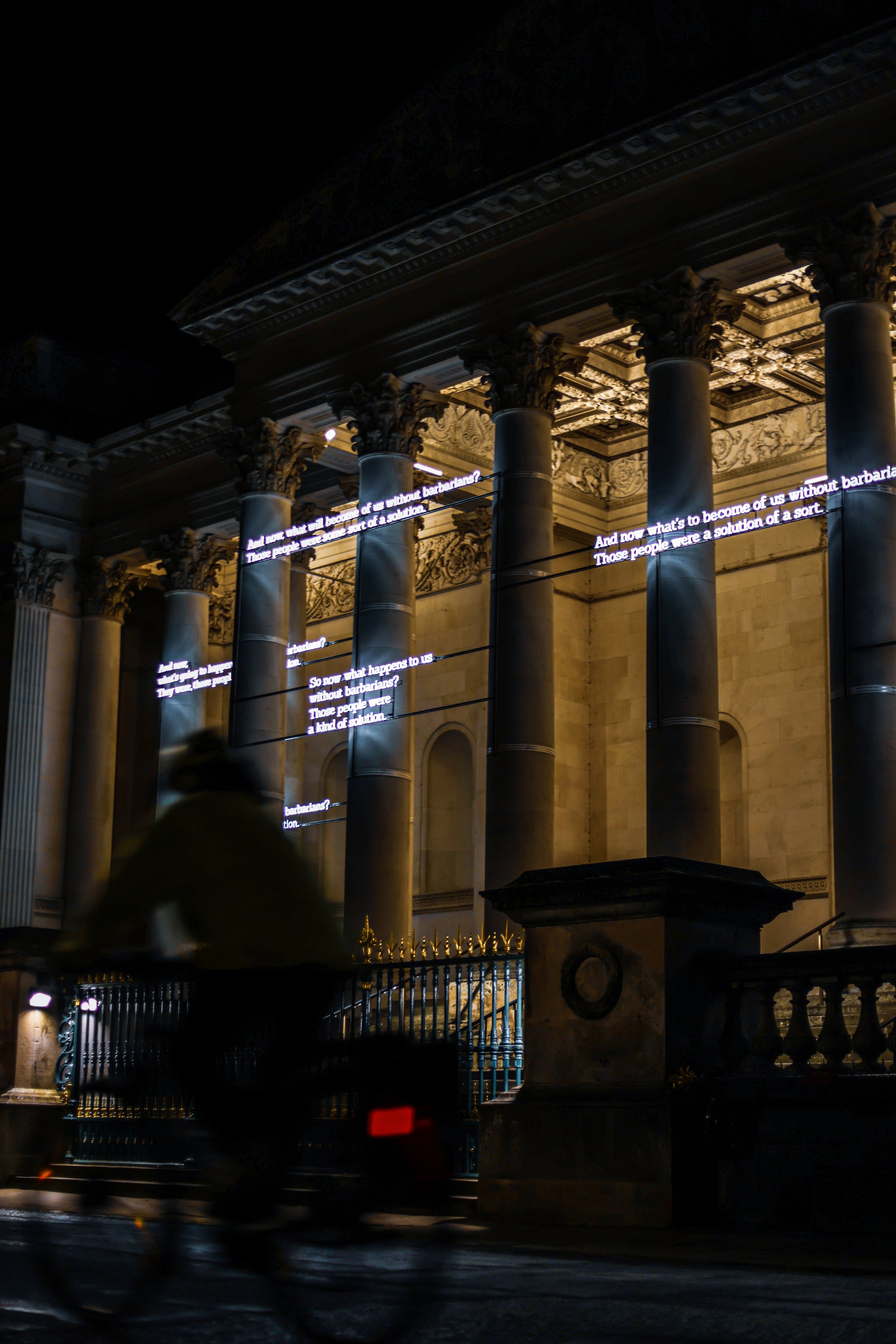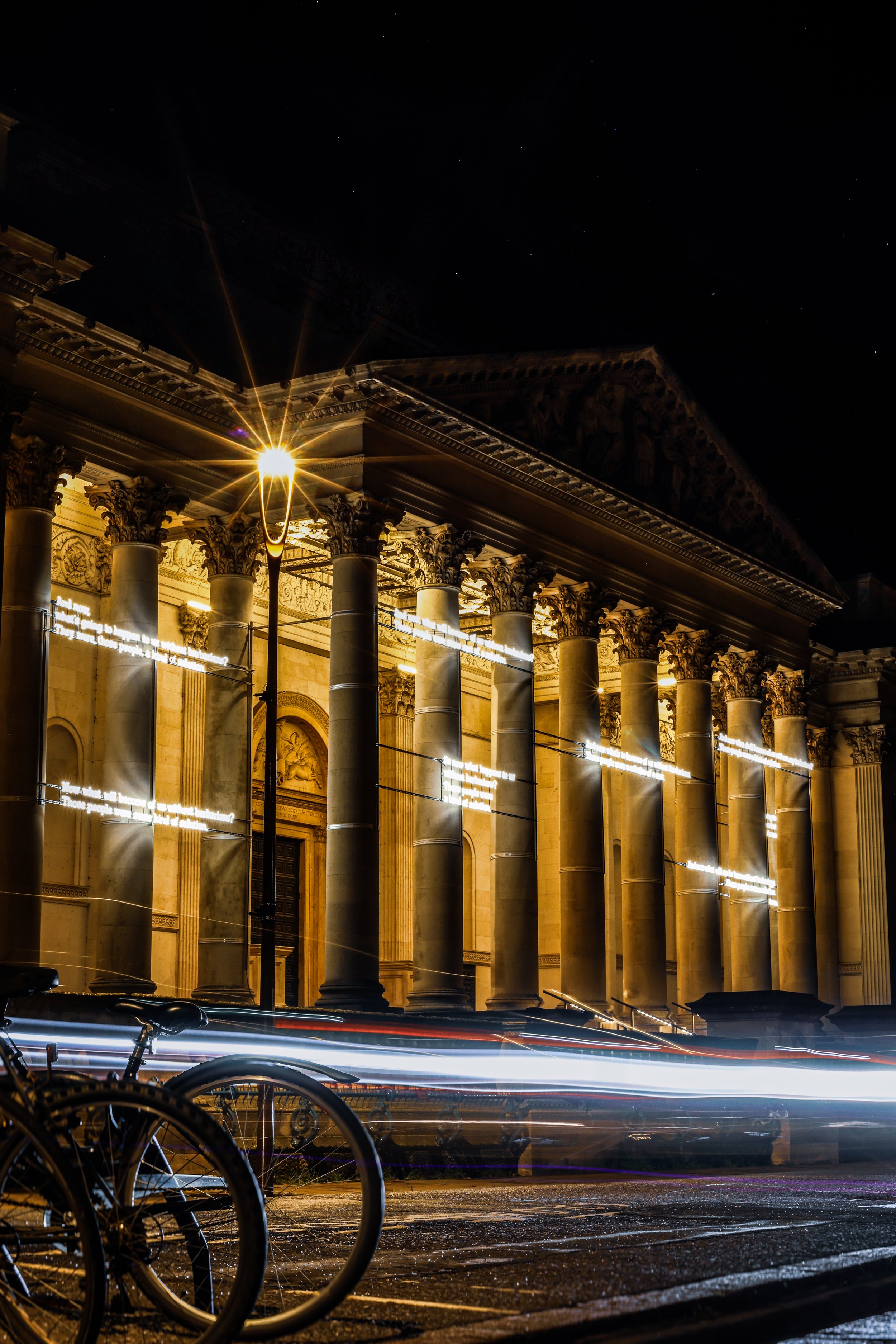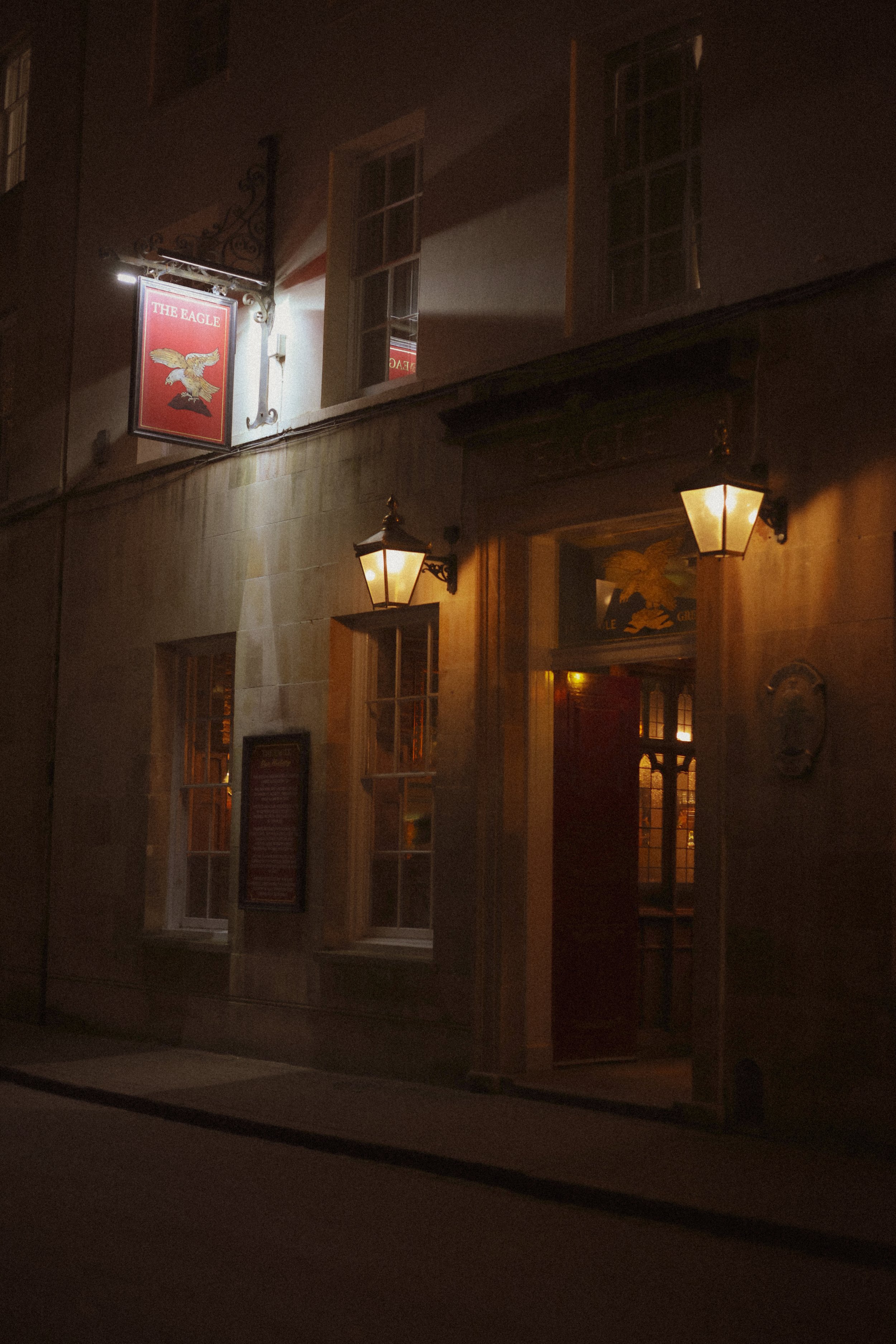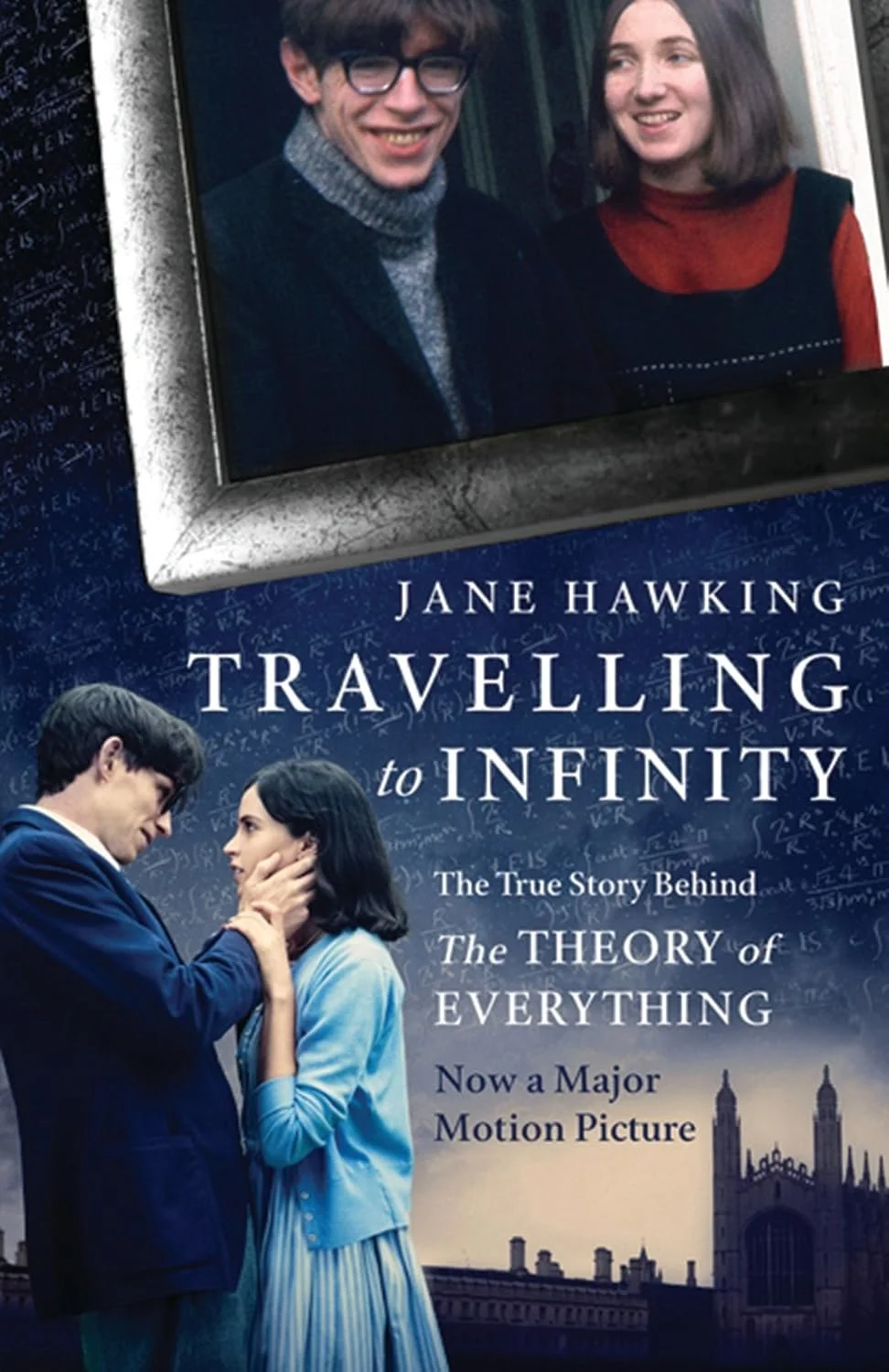The Theory of Everything
Sitting on the banks of the River Cam in the East of England, you’ll find the historic City of Cambridge. A Roman and Viking trading centre that has become a modern classic of British small cities. Despite my best efforts, I have tried to not mention one of the biggest parts of Cambridge for as long as possible and as you can see, this hasn’t lasted long at all! For you cannot talk about Cambridge without referring to its world-famous university. The University of Cambridge is the worlds third-oldest university having being founded in 1209, nine years after arch-rivals Oxford and over twenty years after the formation of the University of Bologna in Italy. It’s divided into thirty-one semi-autonomous colleges and over one-hundred and fifty departments where you can study everything from theology to medicine to Greek and even Anglo-Saxon, Norse and Celtic. Twelve monarchs have studied at Cambridge as well as nine heads of state, fourteen Prime Ministers, architects, writers, artists, scientists, musicians, judges, athletes and Jimmy Carr.
Trinity Lane
The Inspiration
With a lot of my photography, you will probably notice that a theme emerges each time I publish a new collection. I often get inspired to visit certain places from novels, films and history as well as other light-bulb moments, which gives me a yearning to explore a certain place, with a certain story to tell and sometimes, it motivates the way that I want to capture those places or people when I photograph them. In January of this year, when taking advantage of a lull in work (January is always a difficult time for television freelancers), I decided to spend a couple of days in Cambridge. I was inspired to go on my visit by The Theory of Everything, the 2014 biographical film which told the story of Jane and Stephen Hawking, the latter being an alumni of the Gonville and Caius College and the former director of research at the Centre for Theoretical Cosmology, as well as a renowned theoretical physicist and cosmologist.
Starring Eddie Redmayne, in his Academy Award winning role, and Felicity Jones as Stephen and Jane respectively, it is one of my favourite films which tells more of a story of love as opposed to Stephen’s scientific discoveries (although these naturally play an important role). Based on Jane Hawking’s book, Travelling to Infinity: My Life with Stephen, it explores how they first met and the challenges they would come to face together as Stephen begins to deteriorate after being diagnosed with amyotrophic lateral sclerosis (ALS) or motor neuron disease. If you have not seen the film or read the novel, I urge you to do both as they each tell such a incredible, personal story about the man (and his family) behind the façade of his fame. Plus, it’s quite enjoyable for those who struggle with theoretical physics or maybe find Professor Brian Cox a little too complicated!
Inspiration: the poster for The Theory of Everything
Jane and Stephen would go on to spend most of their lives in Cambridge, even after they divorced in 1995. The city is made up of a warren of narrow streets, with each of the colleges of the University of Cambridge, interspersed throughout the city centre (as well as on the outskirts). Each college has its own unique feel and many are a world away from the campus of the University of Chester, in Warrington, where I attended. A former American military base so you can probably imagine the kind of architecture we got there! Some of the more famous colleges are open to the public for an admission fee, at certain times of the day and year. You probably won’t be able to visit all of them unless you have the money to do so and there are some that are free (highly recommended) so I have included a small guide at the bottom.
Peterhouse College
St. John’s College
Cambridge’s architecture speaks for itself. There are a plethora of alleyways and backroads that can take you in between the grandeur of many of the colleges in the city centre and for a photographer, there is plenty to be inspired by. The Theory of Everything was shot by French cinematographer, Benoît Delhomme who used quite a distinctive palette of colours in his images which is something that I decided to replicate in my photography of the city. Usually, in situations where you are trying to showcase a real place or in film where you’re trying to tell a story that was inspired by true events, it can seem natural to want to photograph and portray a place as close as to what it would’ve been like at the time the story is told. The Theory of Everything begins in 1960s Cambridge and thus it would’ve been easy to film it in a way to make it feel like it was shot in the 1960s. However, Delhomme chose instead to shoot the film in quite a contemporary manner. The focus is soft, there is no grain and he chooses to use these quite distinctive colours. This is something I chose to take with me in my work in the city. Photographing Trinity Lane, with its iconic chimney stacks, and using quite a strong blue colourisation and reducing the clarity and texture significantly. The view of the famous King’s College Chapel from an area called The Backs and adding a yellow essence to the image. Capturing Pembroke College with a coffee coloured hue. This was all inspired by Delhomme’s use of colours in the film and stripping away the heavy detail to make the images softer. It was quite a bold step on my part to use these techniques as realism is often my go to, but I feel that it paid off on the most part.
Senate House Passage
Newton’s Apple Tree
Welcome to Tom’s Travel Takes
I’m extremely fortunate enough to have been able to travel round to some unique, beautiful and interesting places, all in the name of photography and I hope that it inspires you to visit these places as well. Every place you get to visit has its own charms, quirks and sometime difficulties (such as I’d never recommend you go to Cornwall in the height of the school holidays if you can avoid it!) which I hope to get you around so that you can enjoy these destinations as best as possible! For some of the places I have visited, I will include Tom’s Travel Takes which will give you a brief guide to where might be best to visit and what plan you should put in place. This won’t be an exhaustive guide as sometimes, you’ve just got to see where things take you - but hopefully it will make things a little easier for your visit, when the time comes. This is the more practical guide to the place…
Introduction to Cambridge
If you’re looking for a little weekend away, then look no further than Cambridge. With plenty of accommodation available, on a varying scale of budgets, its a great place to explore. It’s better if you can visit during some nicer weather as it certainly helps when out and about and exploring the beautiful greens, gardens and campuses of the city. Though we do need to be realistic that this is England and you need to be prepared to enjoy it, whatever the conditions! It’s best to visit outside of the main holiday seasons as the city was quite busy with visitors even on the first week of January when I was there. It also saves you any of the stresses of finding that valuable parking space and table in the restaurant. I found that a weekend was plenty long enough and a good day-trip wouldn’t go amiss either. Do your research into what you want to see and if you can pre-book then this will save you a-lot of hassle on the day. You can purchase tickets to many of the colleges online so get set up before you go and it means that you’ll be straight in on the day. Don’t forget to plan any visits to the free colleges as there are certainly some hidden gems that you won’t have to fork out money to go and see!
Visiting Cambridge’s Colleges
So, you want to explore some of the wonderful colleges of the University of Cambridge and reminisce about those long lost student days? For many of us, our students days were not like the ones they have in Cambridge but it’s nice to dream. If you’re wandering down the King’s Parade wondering which college you should pay to enter, then here is my quick guide to the city centre colleges.
St. John’s College
Here you can walk the same steps as Sir Derek Jacobi, John Herschel and William Wordsworth. As you enter you’ll pass through courtyards, surrounded by the red bricks of the college buildings before your first stop which is the chapel. St. John’s College is worth the visit because it’s at this site where you’ll get to walk over the River Cam on the Kitchen Bridge. This is the bridge where Stephen and Jane first get together after the May Ball in the film. As the punts pass underneath you, you’ll get a great view of the Bridge of Sighs and if you enter the New Court, you can even walk over it. Definitely one of the most iconic views in the city. You’ll leave the college after passing through St. John’s Meadow where you’ll reach Queen’s Road. A little further along and you’ll see the iconic view of King’s College Chapel from The Backs.
King’s College
Probably one of the best known of the Cambridge colleges and one of the most frequently visited, being situated just off King’s Parade in a busy thoroughfare of the city. There isn’t a great amount to visit here at King’s but the pièce de résistance is the fabulous King’s College Chapel which you can enter as part of your visit. It’s spectacular design will not disappoint and is a wonderful place to visit and reflect if that’s more for you. Sit down for just a few moments to enjoy the quiet and you can hear the echoes of the choir from when they perform most notably at Christmas and Easter. There is no doubt that you should head around to the back of the college (outside the perimeter) to capture and take in the iconic view from The Backs as featured in the image at the top of this article.
Pembroke College
By entering through an unassuming wooden door just off Trumpington Street (and not far from a red post box), you’ll enter a completely different world as you walk through the splendid surrounds of Pembroke College. It’s not one of the bigger colleges but it sure makes up in beauty for what it does not have in size. It’s full title is the College or Hall of Valence Mary in the University of Cambridge, the college is dominated by its ornate clock tower and there is nothing more pleasurable then wondering around the wonderfully maintained gardens, taking in all the peace and tranquility and knowing that you don’t need to worry about any of them complicated examinations or spending hours inside the library studying! You can also enter the Pembroke College Chapel which was the first building to be designed by architect Sir Christopher Wren. You can breeze around the exquisitely mown lawns, knowing that you’re following in the footsteps of notable alumni such as Tom Hiddleston and Naomie Harris.
Downing College
One of the larger of the city centre colleges with an enormous quadrangle at its centre and a number of columned buildings around the edges. As you wander round, you may from time-to-time peer in through some of the large Georgian windows where you’ll get a glimpse of the staff and students busy at work - who knows what discovery they’re about to uncover? Just don’t forget, it’s only the fellows who are allowed to walk on the grass!
Other Places of Note
Little St. Mary’s Lane - Jane & Stephen Hawking used to live down this small, charming lane, right next to Little St. Mary’s Church.
Peterhouse College - one of the wealthiest of all the Cambridge colleges, this one isn’t open to the public, but you can gaze through its metal railings at the two arched ‘bridges’ that connect each of the buildings and if you look closely in through one of the bridge’s windows, you’ll see a bell.
Trinity Lane - a very photogenic backstreet with its recognisable chimney stacks and a view of the Gonville and Caius College which is where Stephen Hawking studied.
Cambridge University Press Bookshop - for any lover of books, this is the shop to visit. The oldest bookshop site in the UK, here you’ll find everything from academic to fictional novels, all published by the Cambridge University Press.
Michaelhouse Café - this café is the perfect place to pause for a drink and a slice of cake and whilst you do that, you can admire your surrounds in the oldest chapel in Cambridge.
The Eagle - this cosy pub is best known for where Francis Crick and James Watson announced that they had found the ‘secret of life’ upon their discovery of DNA in 1953 and frequently worked through their lunch at the pub. At the back is the RAF Bar which is completely decorated in graffiti from World War Two RAF pilots who frequented the pub in their spare time.
Newton’s Apple Tree - planeted right outside the entrance to Trinity College, this is the tree that Sir Isaac Newton was said to have been sitting under when an apple fell on his head which lead to his discovery of gravity.
Scudamore’s Punting - when I visited Cambridge, it was the first week of January so as you can imagine, I wasn’t hopping on a punt anytime soon but during the spring and summer, it would be rude not to have a leisurely sail up the River Cam, usually being guided by a student from the university (don’t forget all students are permanently broke).
The Gallery
The Theory of Everything
The Trailer
Watch the Film
Travelling to Infinity: My Life with Stephen
Stephen Hawking
8 JANUARY 1942 - 14 MARCH 2018






